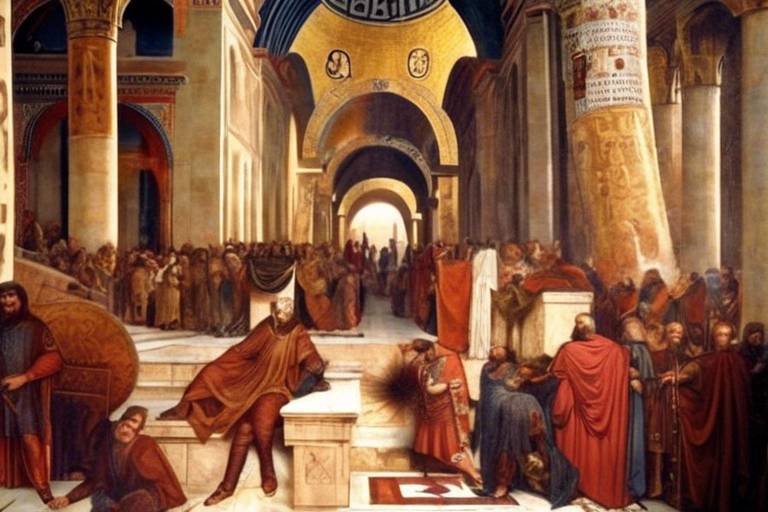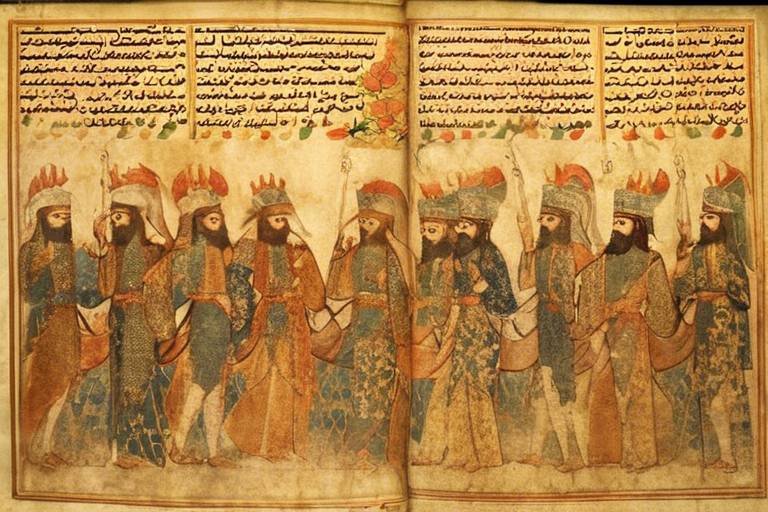The Enigma of the Lost Civilization of Caral
Deep in the heart of the Supe Valley in Peru lies a mystery as old as time itself - the enigmatic civilization of Caral. This ancient society, one of the oldest in the Americas, continues to baffle archaeologists and historians with its advanced achievements and sudden disappearance.
Unearthed by researchers in the late 20th century, the discovery of Caral sent shockwaves through the archaeological community. The monumental ruins of this lost civilization, designated as a UNESCO World Heritage Site, offer tantalizing glimpses into a society that thrived thousands of years ago.
Among the remarkable cultural achievements of Caral are its awe-inspiring pyramids and temples. These grand structures served as ceremonial centers, adorned with intricate carvings and artifacts that speak of a sophisticated artistic tradition.
However, it wasn't just the monumental architecture that set Caral apart. The city layout and urban design of this ancient civilization reveal a level of planning and infrastructure that was truly ahead of its time, showcasing a mastery of organization and efficiency.
Delving deeper into the social structure and governance of Caral, we find a hierarchical society with specialized labor roles. The intricate web of trade and exchange networks indicates a thriving economy and interactions with distant cultures, hinting at the extent of their influence.
Despite all their accomplishments, the enigma of Caral lies in its decline and sudden disappearance. Theories abound, from environmental factors to internal conflicts, yet the truth remains elusive, shrouded in the mists of time.
Nevertheless, the legacy of Caral endures, leaving an indelible mark on Andean culture and serving as a beacon of knowledge for researchers seeking to unravel the mysteries of this ancient civilization. As we continue to explore the ruins and artifacts left behind, we are reminded of the enduring enigma that is the lost civilization of Caral.
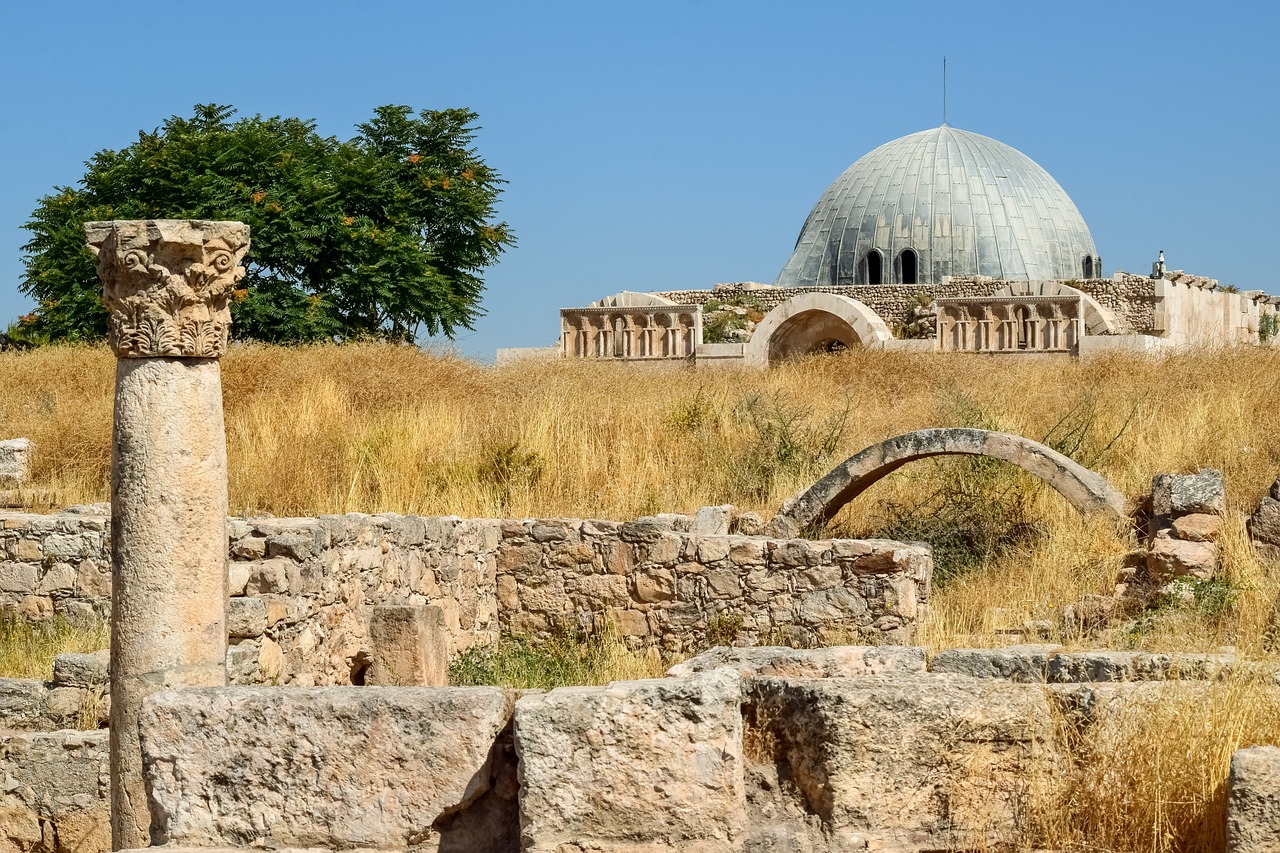
Discovery of Caral
The discovery of Caral, often referred to as the "Lost Civilization of Caral," stands as a testament to the ingenuity and sophistication of ancient societies in the Americas. Located in the Supe Valley of Peru, the archaeological site of Caral was unearthed in the mid-20th century, revealing a complex and advanced civilization dating back over 5,000 years. Designated as a UNESCO World Heritage Site, Caral has captured the imagination of historians, archaeologists, and curious minds alike, offering a glimpse into a world long forgotten.
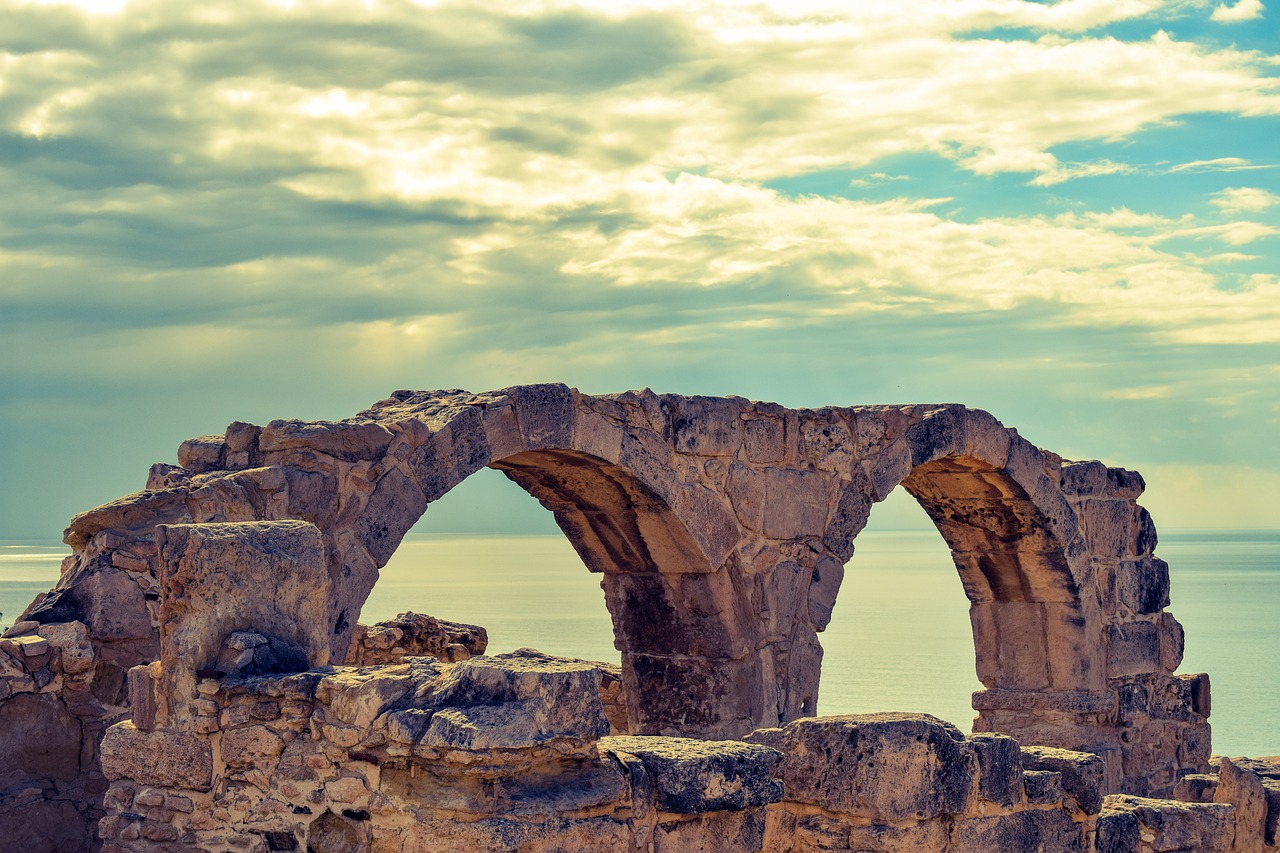
Cultural Achievements
The of the ancient Caral civilization are truly remarkable, offering a glimpse into a sophisticated society that thrived thousands of years ago. One of the most striking aspects of Caral's culture is their monumental architecture, characterized by impressive pyramids and temples that served as ceremonial centers. These structures not only showcase the engineering prowess of the Caral people but also highlight their spiritual beliefs and practices.
Moreover, Caral's complex city planning stands as a testament to their advanced urban design. The layout of the city reflects meticulous organization, with distinct sectors dedicated to various functions such as residential areas, public spaces, and administrative centers. This level of urban planning was unprecedented for its time and underscores the sophistication of Caral's civilization.
Another noteworthy cultural achievement of Caral is their advanced agricultural practices, which were essential for sustaining their population. The Caral people implemented innovative irrigation systems to cultivate crops in the arid coastal environment, demonstrating their ingenuity and resourcefulness in adapting to challenging conditions.
In addition to their architectural and agricultural feats, the Caral civilization also excelled in artistic expression. Intricate artwork, including pottery, textiles, and carvings, reveal a rich artistic tradition that incorporated symbolic motifs and intricate designs. These artistic creations not only served decorative purposes but also conveyed cultural narratives and beliefs.
Overall, the cultural achievements of the Caral civilization paint a vivid picture of a thriving and sophisticated society that made significant contributions to the cultural landscape of the Americas. Their legacy continues to captivate researchers and archaeologists, offering valuable insights into the complexities of ancient civilizations and the enduring impact of their cultural achievements.
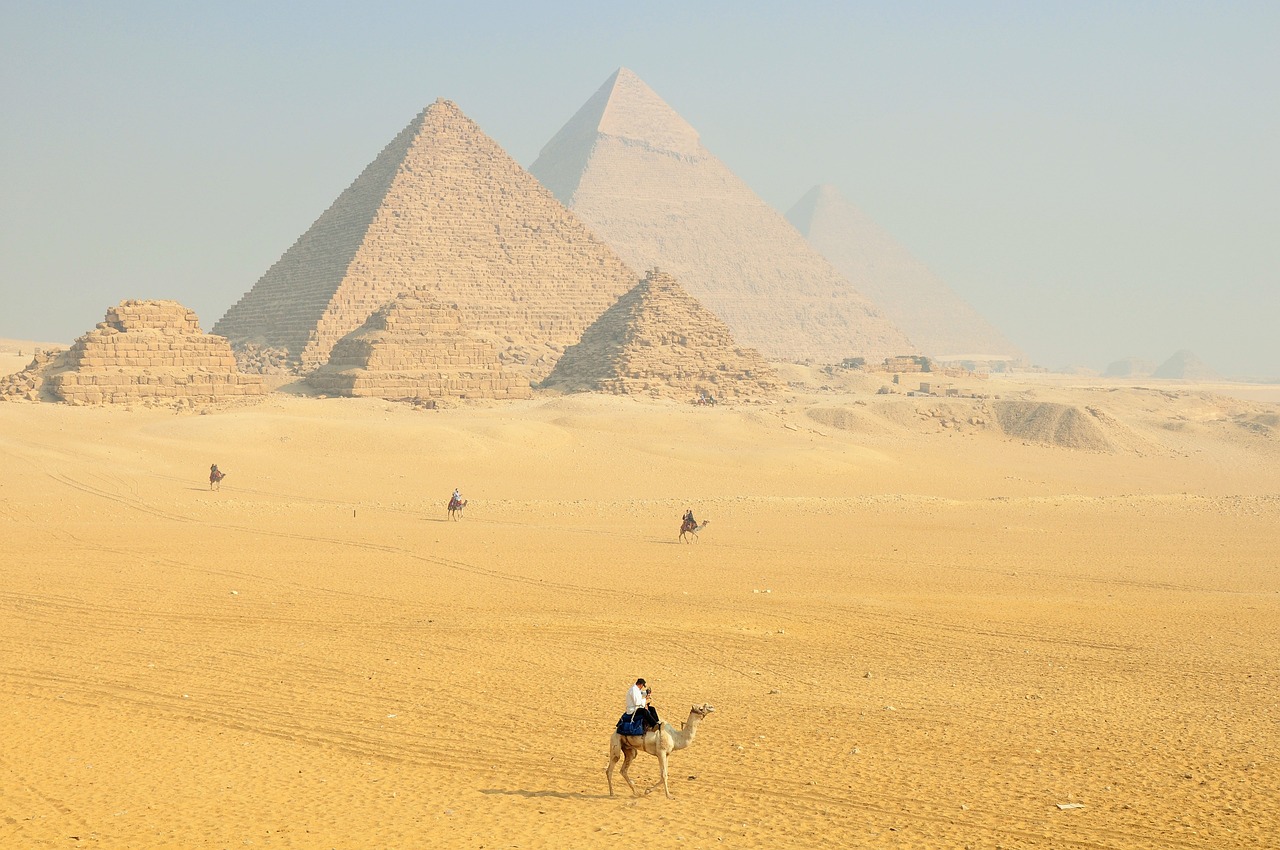
Pyramids and Temples
When it comes to the ancient Caral civilization, the pyramids and temples stand as monumental testaments to their advanced society and architectural prowess. These structures, constructed with precision and grandeur, served as not just buildings but as centers of ceremonial importance and cultural significance. The pyramids of Caral, with their imposing presence, were believed to be focal points for religious rituals and communal gatherings, showcasing the spiritual depth of this ancient civilization.
Within these pyramids and temples, intricate carvings and artifacts have been unearthed, offering glimpses into the artistic and symbolic expressions of the Caral people. The detailed craftsmanship displayed on these artifacts hints at a society with a rich cultural heritage and a deep connection to their beliefs and traditions. Each carving and symbol tells a story, inviting us to unravel the mysteries of the past and understand the complexities of Caral's spiritual world.
Moreover, the layout and orientation of these pyramids and temples within the city of Caral reveal a sophisticated urban planning that aligns with astronomical phenomena. The precise positioning of these structures suggests a deep understanding of celestial movements and a reverence for the natural world. It is as if the Caral civilization sought to harmonize their built environment with the cosmic forces, creating a sacred landscape that transcended the physical realm.
As we marvel at the remnants of these ancient pyramids and temples, we are reminded of the ingenuity and ingenuity of the Caral people. Their architectural feats continue to inspire awe and admiration, prompting us to ponder the mysteries of their construction techniques and the spiritual beliefs that motivated such monumental endeavors. The pyramids and temples of Caral stand as silent witnesses to a civilization that flourished in the midst of the Supe Valley, leaving behind a legacy of wonder and intrigue.

City Layout and Urban Design
The city layout and urban design of the ancient Caral civilization stand as a testament to their remarkable ingenuity and foresight. At the heart of Caral's urban planning lies a sophisticated system of architectural design that reflects their advanced understanding of city organization. The layout of Caral's cityscape was meticulously structured, with distinct zones dedicated to various functions, such as residential areas, administrative centers, and ceremonial spaces.
One of the most striking features of Caral's urban design is the arrangement of their monumental pyramids and temples, strategically positioned to align with celestial events and natural topography. These grand structures not only served as religious centers but also as focal points of the city's architectural landscape, symbolizing the spiritual and cultural significance embedded within Caral society.
The meticulous planning of Caral's streets and buildings indicates a high level of urban sophistication, with wide avenues and carefully constructed edifices contributing to the overall harmony of the city. The integration of public spaces, plazas, and communal areas within the urban fabric fostered social cohesion and facilitated interactions among the inhabitants, showcasing the communal spirit that defined Caral civilization.
Moreover, the presence of advanced irrigation systems and agricultural terraces within the city underscores the Caral people's mastery of environmental adaptation and resource management. The integration of sustainable practices into their urban design highlights their deep connection to the land and their innovative approach to harmonizing human settlement with the natural world.
Overall, the city layout and urban design of Caral reveal a society that prioritized order, functionality, and communal well-being in their architectural endeavors. By unraveling the intricacies of their urban planning, we gain valuable insights into the cultural sophistication and visionary outlook of the ancient Caral civilization.
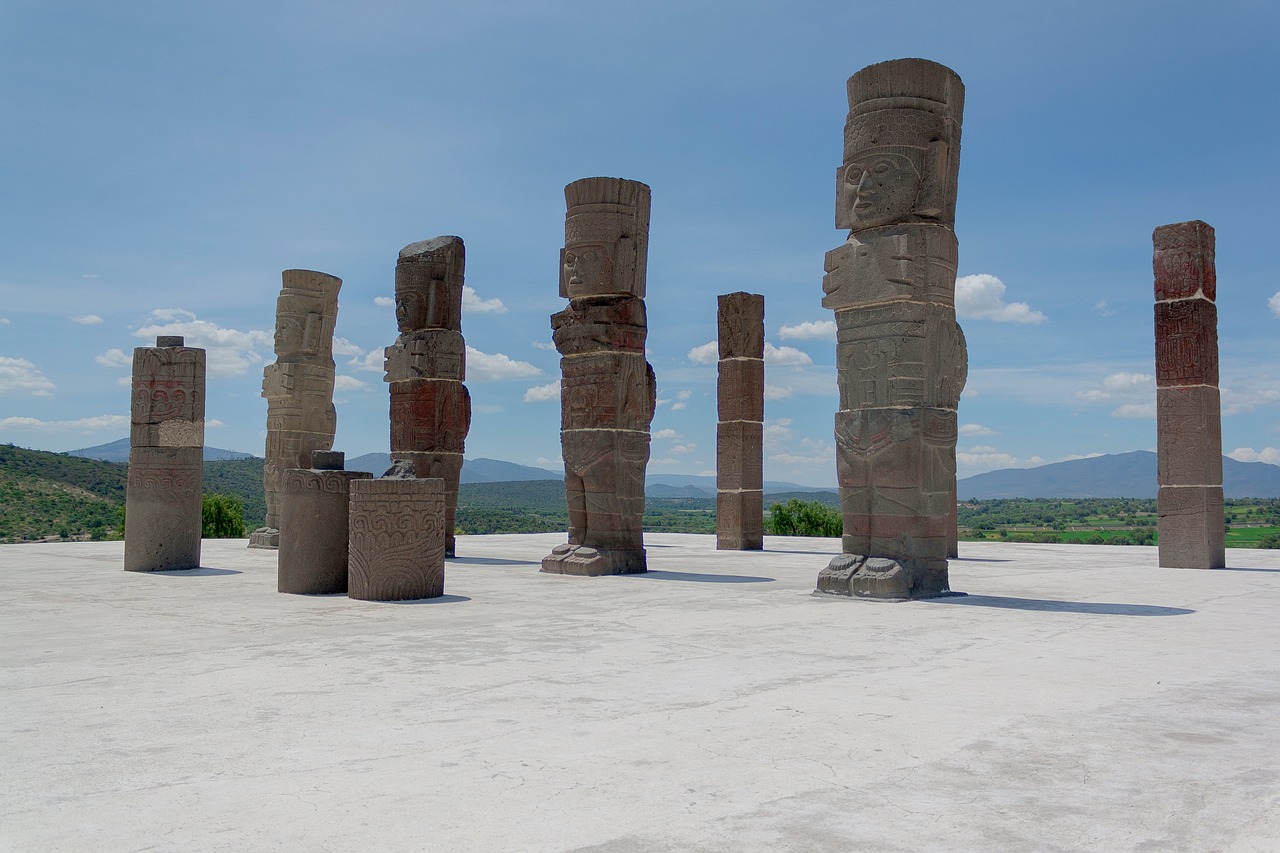
Social Structure and Governance
Exploring the mysteries surrounding the ancient Caral civilization, one of the oldest in the Americas, and the enigmatic ruins that provide clues to their advanced society and sudden disappearance.
Uncovering the history and significance of the Caral archaeological site, including its groundbreaking discovery in the Supe Valley of Peru and its designation as a UNESCO World Heritage Site.
Delving into the cultural achievements of the Caral civilization, such as their monumental architecture, complex city planning, advanced agricultural practices, and intricate artwork.
Exploring the impressive pyramids and temples of Caral, including the monumental structures that served as ceremonial centers and the intricate carvings and artifacts found within.
Examining the sophisticated city layout and urban design of Caral, highlighting the advanced planning and infrastructure that characterized this ancient civilization.
Investigating the social structure and governance of Caral, including their hierarchical society, specialized labor roles, and the possible reasons behind their societal organization.
Analyzing the trade and exchange networks of Caral, exploring the artifacts and materials that indicate their interactions with distant cultures and the extent of their economic influence.
Discussing the theories surrounding the decline and sudden disappearance of the Caral civilization, including environmental factors, internal conflicts, and the enduring mysteries that shroud their enigmatic fate.
Reflecting on the legacy and influence of the Caral civilization, considering their contributions to Andean culture, the lessons learned from their ancient society, and the ongoing research that seeks to unravel their enduring enigma.
Stay tuned for the frequently asked questions section that will provide more insights into the intriguing world of the lost civilization of Caral.
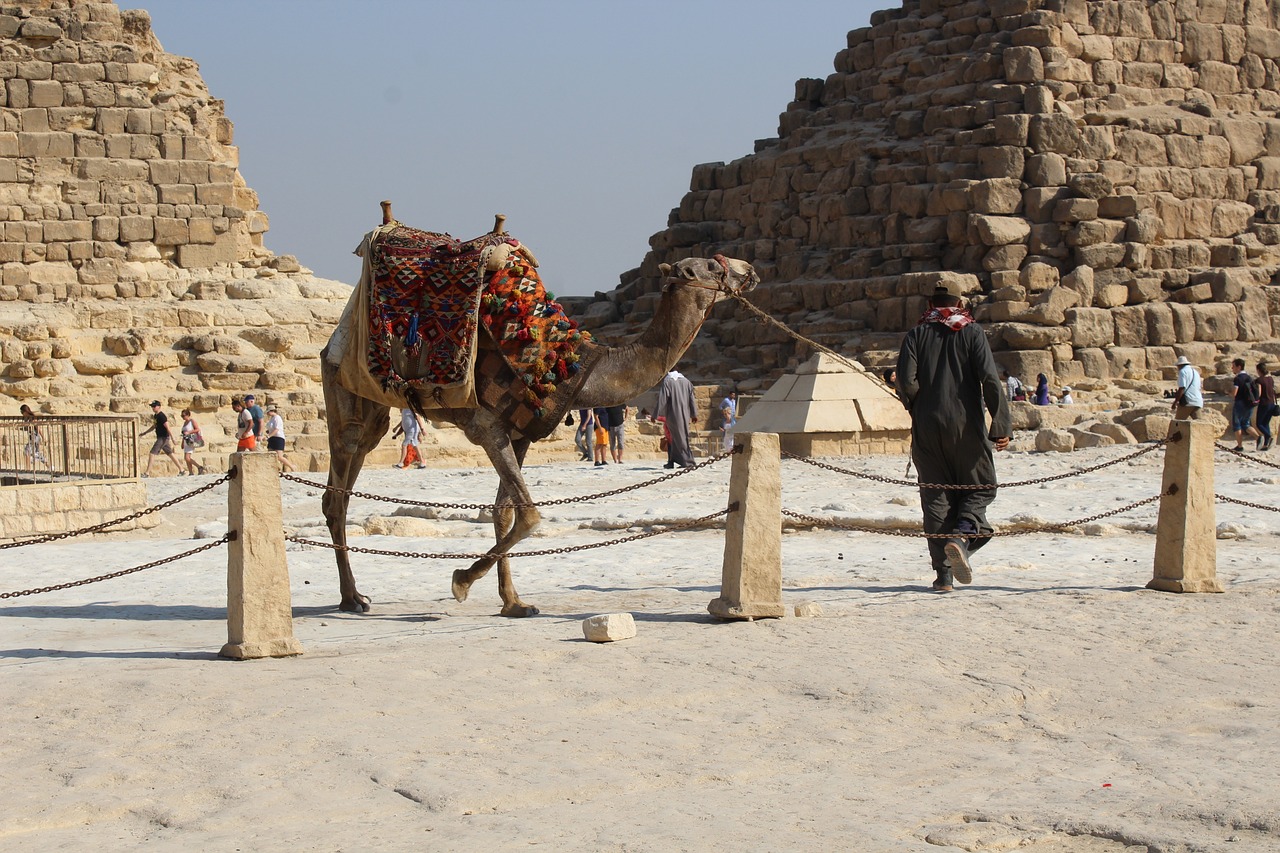
Trade and Exchange Networks
Trade and exchange networks played a crucial role in the prosperity and interconnectedness of the Caral civilization. Through intricate trade routes and exchange systems, Caral engaged in the transfer of goods, ideas, and technologies with neighboring cultures, showcasing their economic influence and cultural interactions.
Archaeological evidence suggests that Caral had established trade connections with distant regions, as artifacts like shells, textiles, and ceramics not native to the area have been unearthed at the site. This indicates a sophisticated network of exchange that allowed for the acquisition of resources and commodities from diverse sources.
The presence of specialized craft production areas within Caral points to a thriving economy supported by skilled artisans who created goods for both local consumption and trade. These artisans played a vital role in the exchange networks by producing items highly valued in regional markets, enhancing Caral's economic significance.
Furthermore, the discovery of marine resources in inland sites like Caral indicates the existence of extensive trade networks that facilitated the transportation of goods over long distances. This suggests that Caral had established maritime trade routes, enabling the exchange of goods between coastal and inland communities.
Overall, the trade and exchange networks of Caral not only contributed to the economic prosperity of the civilization but also fostered cultural exchange and innovation. The ability to engage in commerce with distant societies highlights the advanced nature of Caral's society and its integration into wider networks of trade and communication.
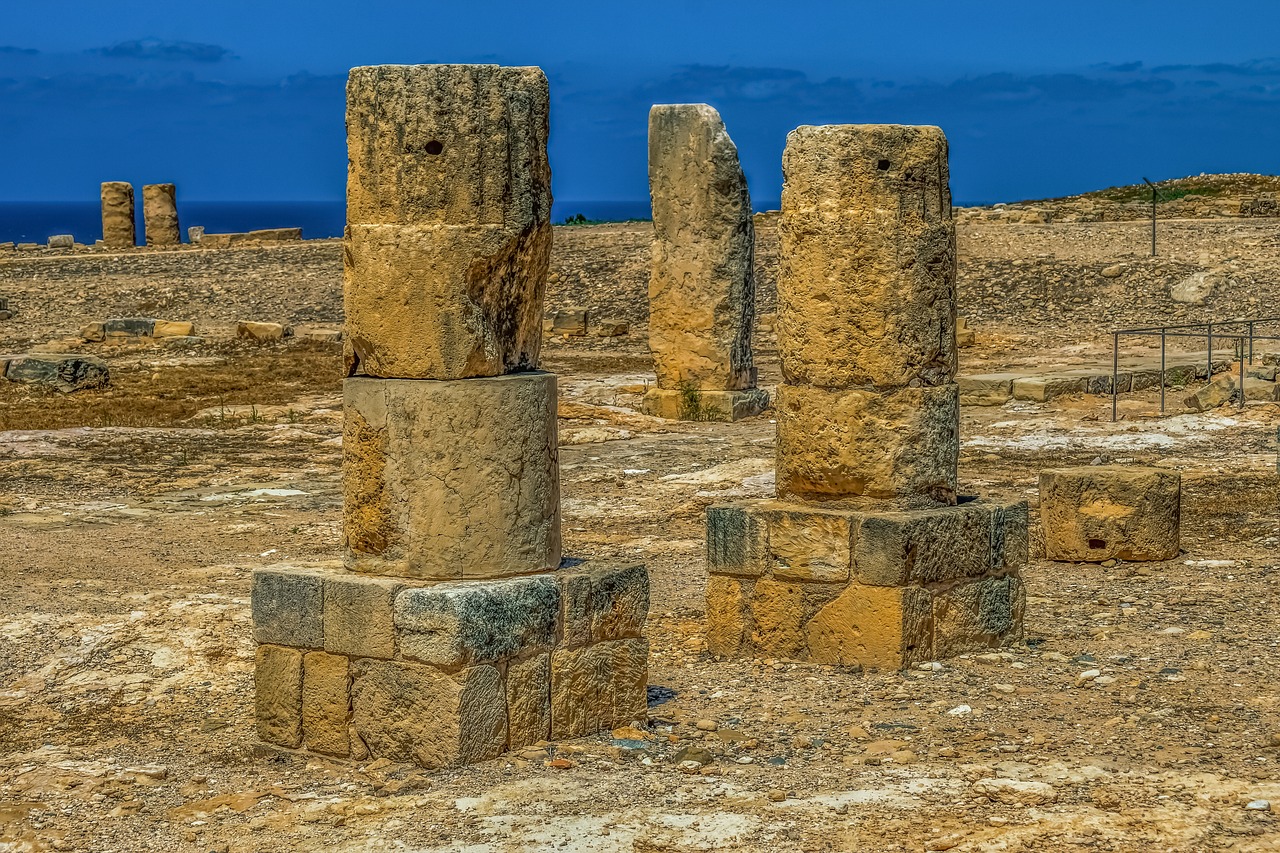
Decline and Disappearance
As we delve into the mysterious history of the Caral civilization, we are inevitably drawn to the enigmatic question of their decline and sudden disappearance. The once-thriving society that built monumental pyramids and intricate city layouts faced a fate shrouded in uncertainty and speculation.
One prevalent theory suggests that environmental factors played a significant role in the downfall of Caral. Droughts, floods, or other natural disasters could have disrupted their advanced agricultural practices, leading to food shortages and societal instability. The reliance on a delicate balance with nature may have ultimately been their downfall.
Internal conflicts within the Caral society are also considered a possible reason for their decline. Hierarchical structures and power struggles could have led to social unrest, division, and even violent confrontations that destabilized the once harmonious civilization.
Despite the theories put forth, the exact reasons behind the sudden disappearance of the Caral civilization remain elusive, adding to the mystique that surrounds this ancient culture. The ruins of Caral stand as silent witnesses to a past that still holds many secrets, waiting to be uncovered by the curious minds of archaeologists and historians.
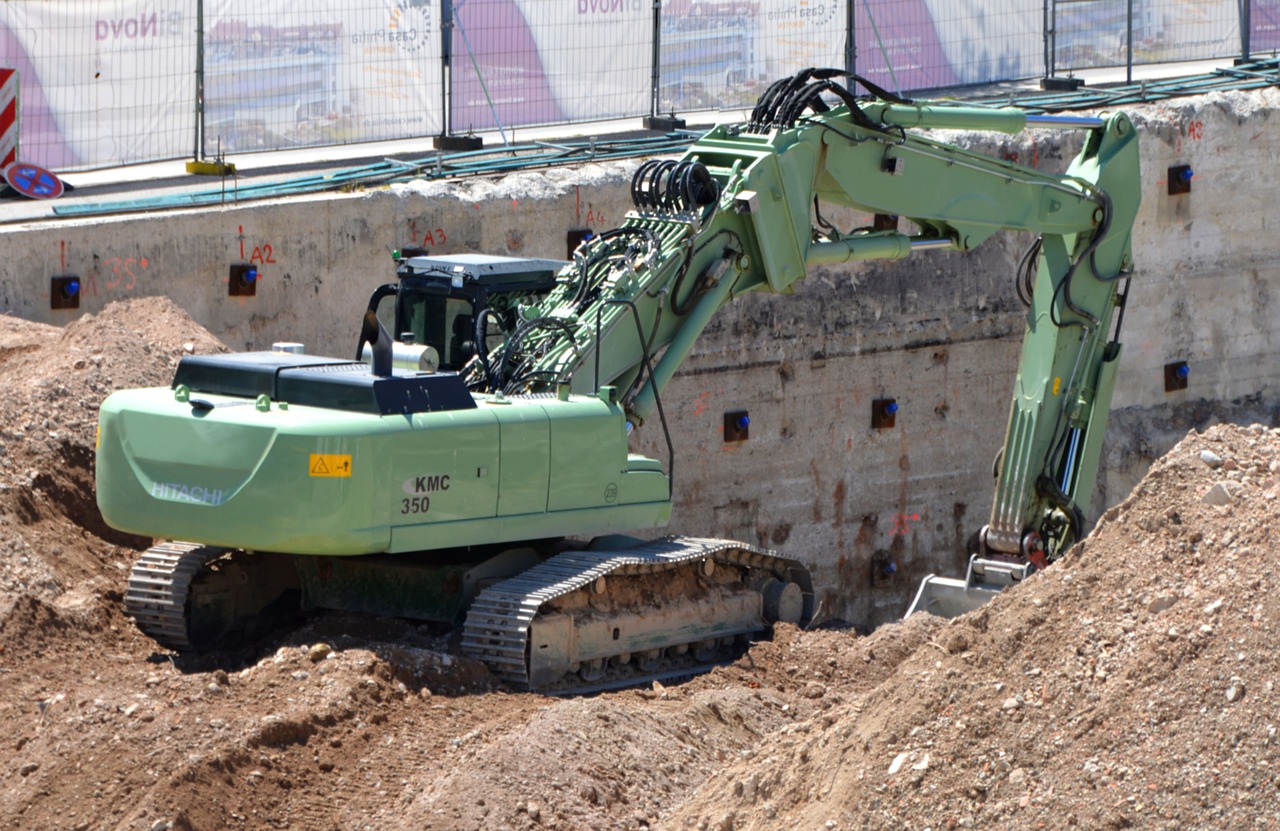
Legacy and Influence
As we reflect on the legacy and influence of the Caral civilization, it becomes evident that their contributions to Andean culture were profound and far-reaching. The intricate artwork, advanced agricultural practices, and monumental architecture of Caral serve as a testament to the ingenuity and creativity of this ancient society. Their city planning and urban design, characterized by sophisticated infrastructure and meticulous organization, continue to inspire urban planners and architects to this day.
Furthermore, the trade and exchange networks of Caral reveal a society deeply engaged in commerce and cultural exchange with distant civilizations. The artifacts and materials found at Caral indicate a complex web of interactions that extended beyond their immediate surroundings, showcasing the economic influence they wielded in the region.
Despite the enigmatic fate that befell the Caral civilization, their legacy lives on in the lessons learned from their ancient society. The enduring mysteries surrounding their decline and disappearance serve as a reminder of the fragility of civilizations and the importance of sustainable practices. Ongoing research into the secrets of Caral continues to unravel the enigma of this lost civilization, shedding light on their remarkable achievements and the enduring impact they have had on the cultural landscape of the Americas.
Frequently Asked Questions
- What is the significance of the Caral civilization?
The Caral civilization is renowned for being one of the oldest in the Americas, showcasing advanced cultural achievements such as monumental architecture, complex city planning, and intricate artwork. Their legacy provides valuable insights into ancient societies and urban development.
- How were the pyramids and temples of Caral used?
The pyramids and temples of Caral served as ceremonial centers for religious and social gatherings. These impressive structures were adorned with intricate carvings and artifacts, reflecting the spiritual and cultural practices of the civilization.
- What led to the decline and disappearance of the Caral civilization?
Theories surrounding the decline of Caral include environmental factors, internal conflicts, and societal changes. The sudden disappearance of the civilization remains a mystery, sparking ongoing research and exploration into their enigmatic fate.
- How did Caral engage in trade and exchange networks?
Caral's trade and exchange networks involved interactions with distant cultures, evidenced by artifacts and materials found at the archaeological site. These connections highlight the economic influence and cultural exchanges that characterized the civilization.
- What is the lasting legacy of the Caral civilization?
The legacy of Caral extends to its contributions to Andean culture and the lessons learned from their societal organization. Researchers continue to study the civilization's influence and unravel the enduring enigma of their ancient society.







